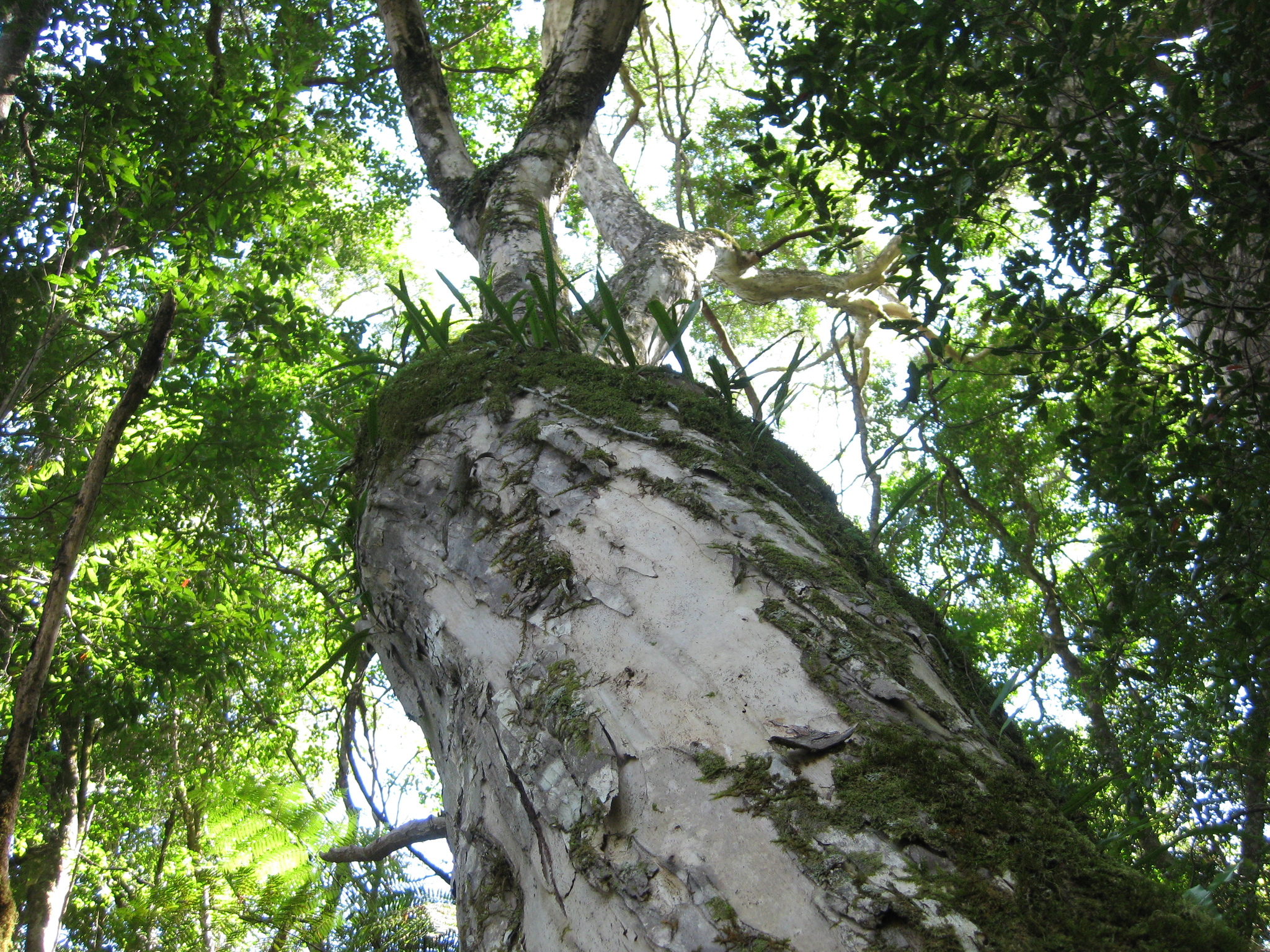
Greek -opsis — like, referring to the closely related genus, Tristania.
Trees or shrubs. Leaves alternate and often bunched towards the tips of the branches, stalked. Flowers in axillary clusters. Sepals 5, persistent. Petals 5, yellow. Stamens in clusters opposite the petals and bent inwards. Ovary half-inferior, with 3 chambers. Fruit capsule protruding from enclosing tissue, 3-valved; seeds generally winged.
Grown as landscape plants for the dense foliage and yellow flowers.
About 30 species from SE Asia, New Guinea, New Caledonia and Australia.
Seed.
Fruit protruding above the top of the body of the fruit; seeds flat.
Wilson & Waterhouse (1982).
Source: (2002). Myrtaceae. In: . Horticultural Flora of South-eastern Australia. Volume 3. Flowering plants. Dicotyledons. Part 2. The identification of garden and cultivated plants. University of New South Wales Press.
